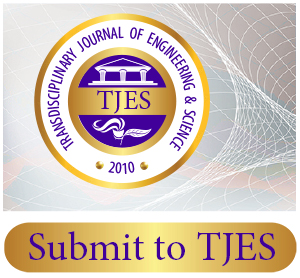LCMQSINABM: Design of a Low-power hybrid Consensus Method for QoS-aware Sidechain-based IoT Networks via Augmented Bioinspired computing Models
Abstract
Security is one of the primary issues in any wireless network deployment, because, wireless nodes are susceptible to a wide-variety of internal & external attacks. These include improper authentication & access control, distributed denial of service (DDoS), sybil, spoofing, spying, masquerading, etc. Securing networks against these attacks requires an immutable, transparent, traceable, and distributed computing security model, that has minimum overheads. Most of these characteristics are fulfilled via use of blockchains, which assist in low-complexity deployment of security & hashing models. But the delay needed to scale these blockchains increases exponentially w.r.t. chain length, due to which researchers split the main blockchain into multiple sidechains. A wide variety of models are proposed by researchers for sidechain formation, and most of them are consensus dependent, which limits the scalability. Moreover, energy needed to mine blocks for these sidechains depends directly on the consensus model, encryption model, hash rules, and length of the blockchain. Thus, models proposed for sidechain formation are context-specific, and have limited scalability performance when used for multiple blockchain types. To overcome these limitations, and maintain high security performance, this text proposes design of a Low-power hybrid Consensus Method for QoS-aware Sidechain-based IoT Networks via Augmented Bioinspired computing Models. This method uses a combination of Proof-of-Work (PoW), Proof-of-Stake (PoS) & Proof-of-Authority (PoA) based consensus models, which assists in reducing its mining delay. The PoW model allows selection of nodes with higher performance, PoS allows selection of nodes with higher stake, and PoA ensures better control of IoT devices. Selection of these consensus models is done via use of an Improved Genetic Algorithm (IGA) model, that evaluates the power needed for mining, and minimizes it using a rule-based method. This is combined with a sidechain creation model, that assists in improving QoS performance via dynamically splitting the main blockchain into performance-specific sidechains. These sidechains are categorized into low-power, low-delay, and high-throughput sidechains, which are formed via Elephant Herding Optimization (EHO) model. Due to combination of IGA for consensus selection, and EHO for sidechain creation, the proposed model is able to reduce energy needed for mining by 15.4% when compared with various state-of-the-art models. It is also able to improve mining speed by 5.3%, while maintaining high security performance under different IoT Network attacks. Due to this performance enhancement, the proposed model is capable of being deployed for a wide variety of low-delay healthcare IoT, high-throughput industrial IoT, and low energy home IoT application deployments.


